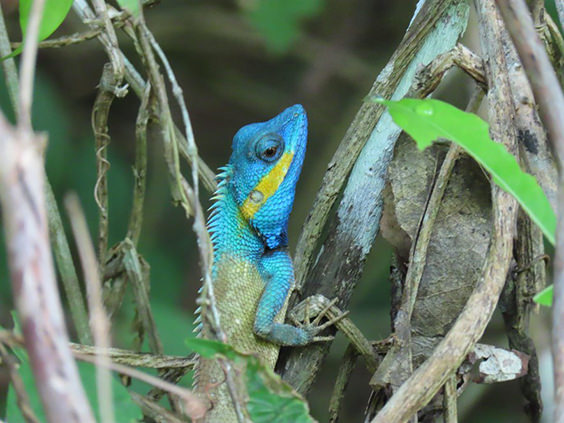
Cambodia is home to 250 species of reptiles and amphibians, but these spectacular cold-blooded animals receive little research and conservation attention (Bezuijen et al., 2009). Most scientific effo...
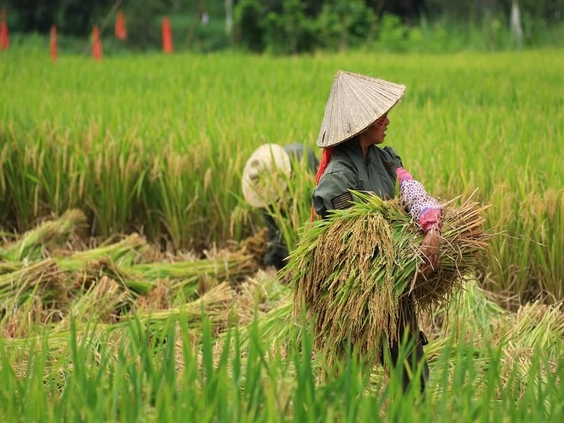
Rice has a constant presence on Chinese dinner tables. As our population expands and arable land decreases, we need to grow more with less land to meet our demand for this best-loved staple. The Kado...

The weaver bird family (Ploceidae) is widely recognized as one of nature's top architects for its 118 species' talent in creating intricately woven nests. Their masterpieces of a home are a rival to a...
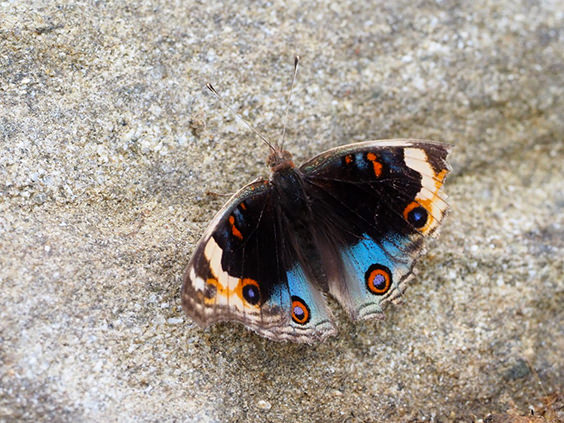
Butterflies While there is no lack of scientific papers and checklists of birds and mammals of Cambodia, the same can't be said for butterflies. Gathering information about these delicate invertebrate...
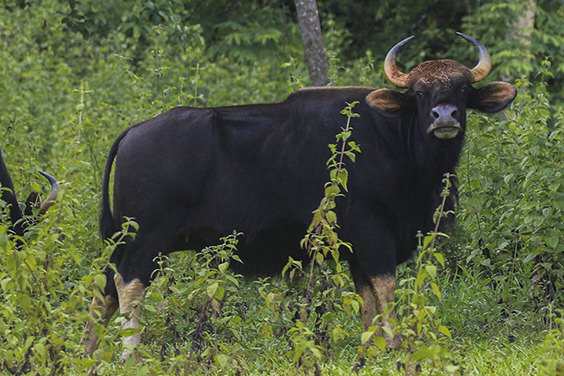
The Kadoorie Conservation China Department started a new conservation project to protect the Gaur (Bos gaurus) in Xishuangbanna, southern Yunnan. Last time, we introduced this magnificent animal thro...
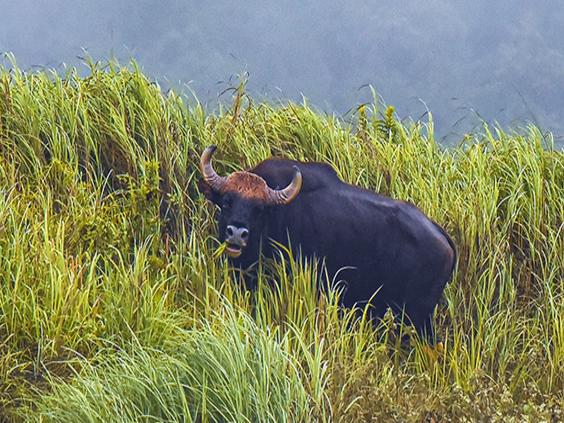
The new conservation project of the Kadoorie Conservation China Department aims to protect the Gaur (Bos gaurus) in Xishuangbanna in Yunnan. In a series of articles, we will introduce this magnificen...
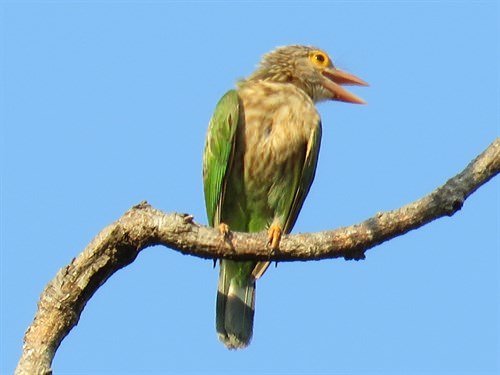
In the blink of an eye, our conservation project in Kratie province in north-eastern Cambodia has entered its fourth year.The 13,000-hectare and wildlife-rich plot of land has never failed to surpris...
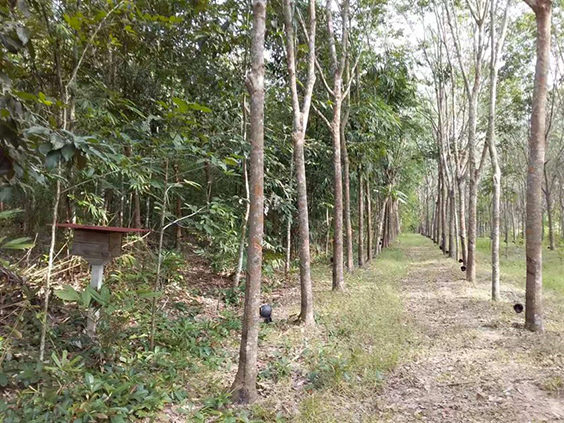
Nobody would raise an eyebrow if tyre manufacturers are hosting a conference to push for a sustainable and ethical rubber industry. After all, three thirds of global natural rubber are produced to ma...
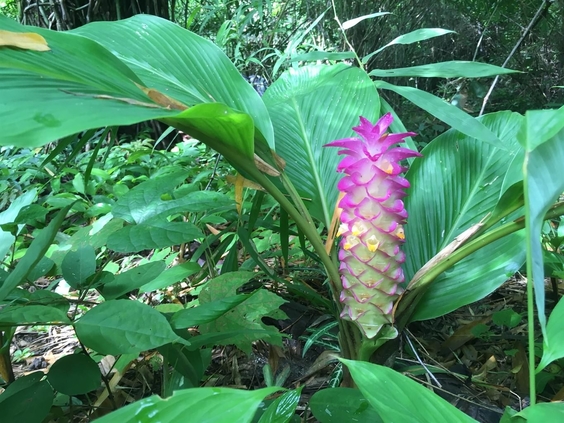
A typical field day wading through the thickets during the wet season My first experience in our team's wildlife surveys in Cambodia checked all the boxes for a spartan race. During a three-day visit...
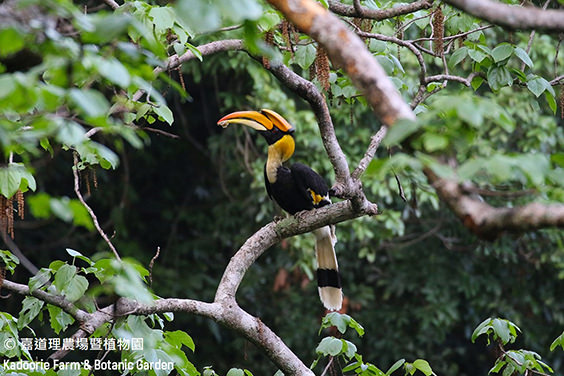
China's largest flock of hornbills Asian hornbills often fly, feed and roost in flocks. In Thailand, researchers observed over 1,000 Wreathed Hornbill (Rhyticeros undulates) flying together to their ...

